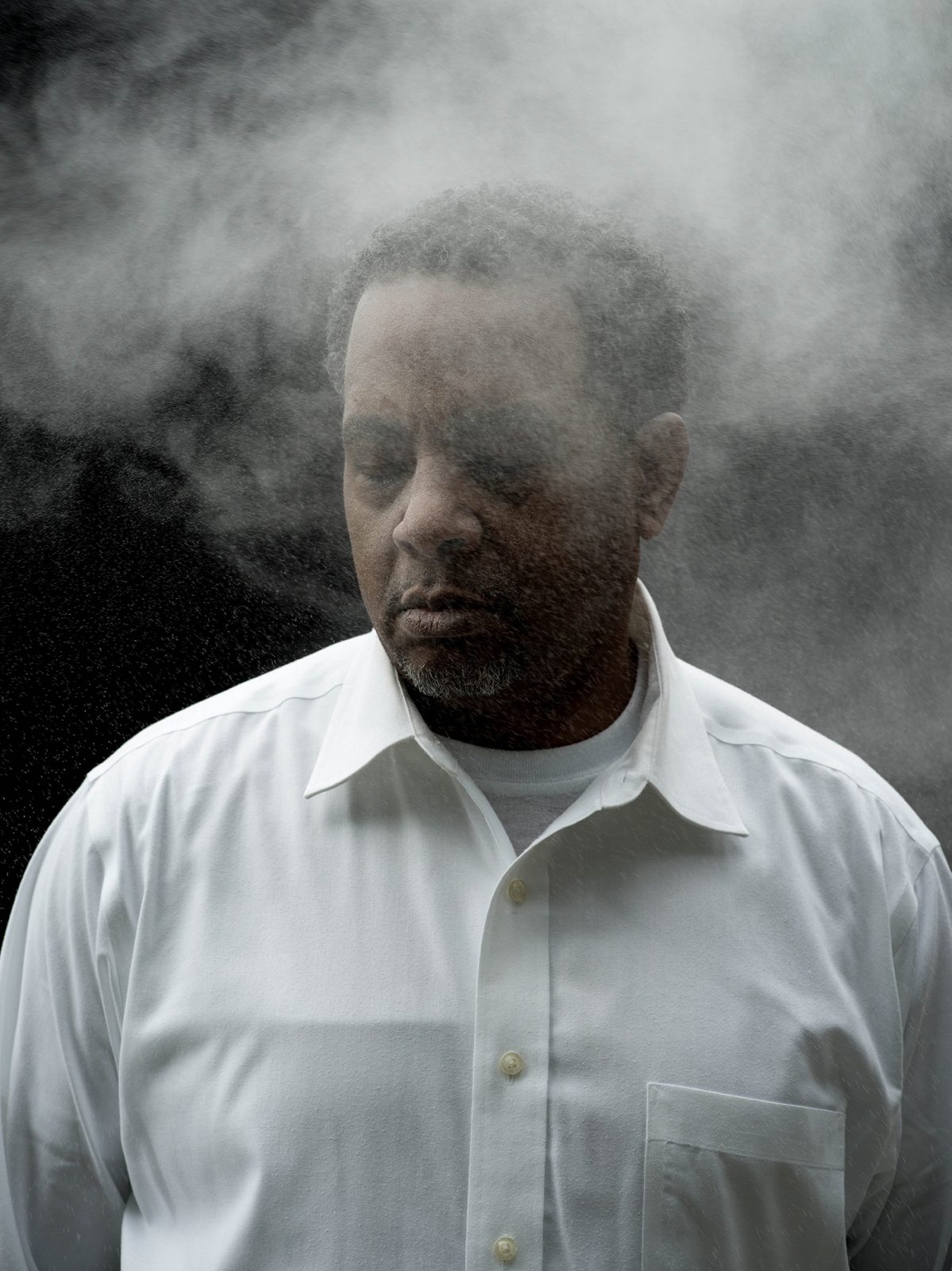Raymond explores how race, memory, representation, and place combine to shape the Black environmental imagination of the North American landscape.
Justice Undone (2011-2013)
This series looks at the impact of mass incarceration on Black communities in the United States.
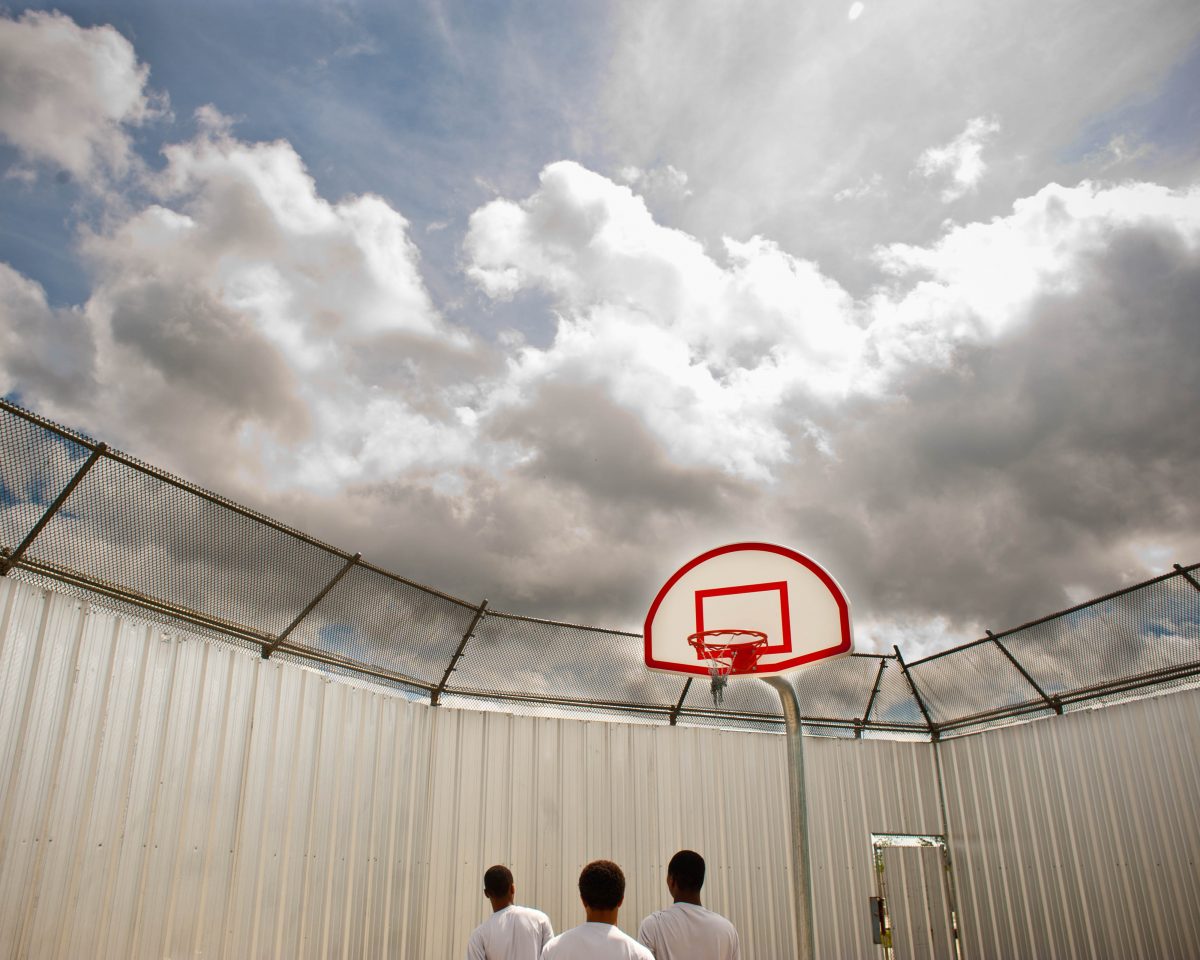
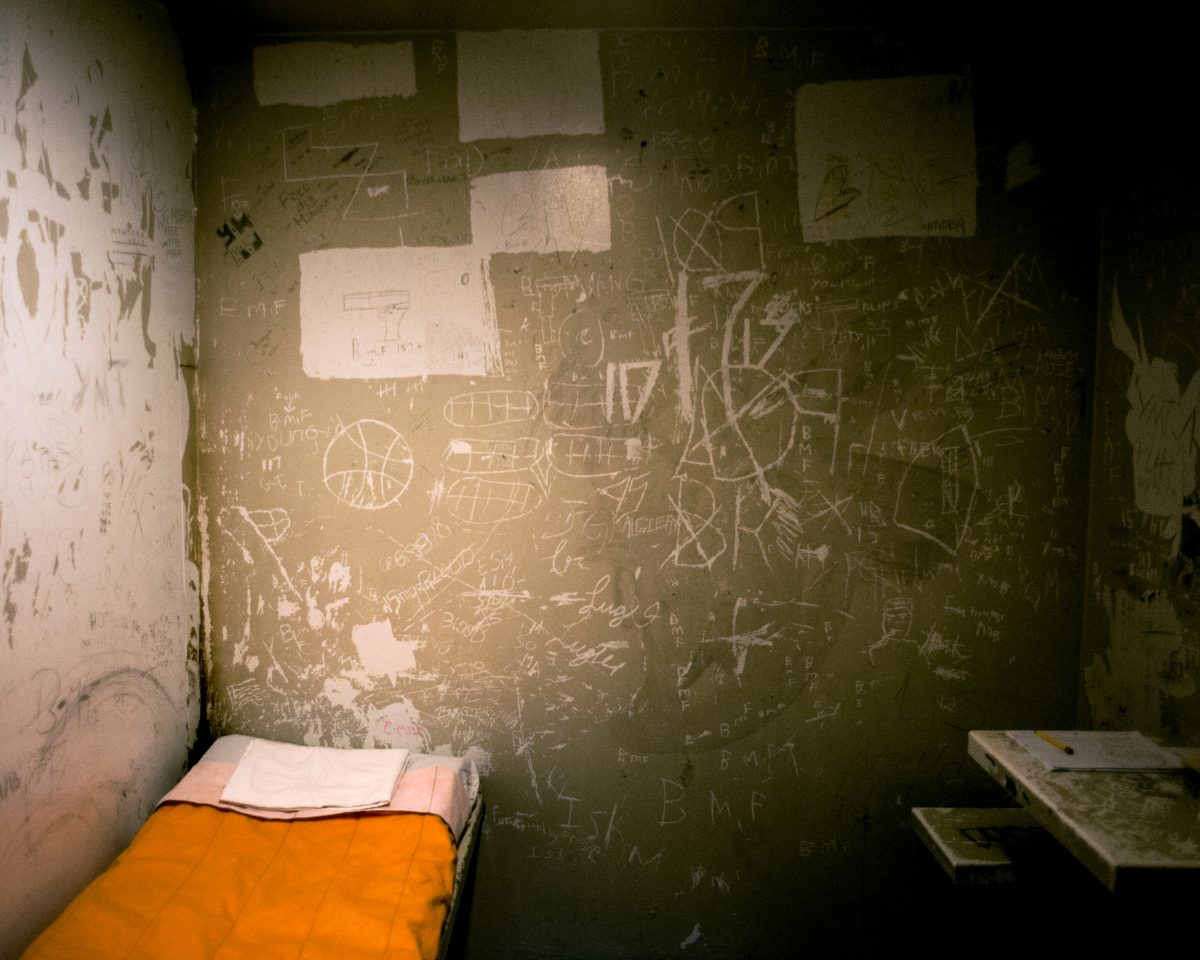
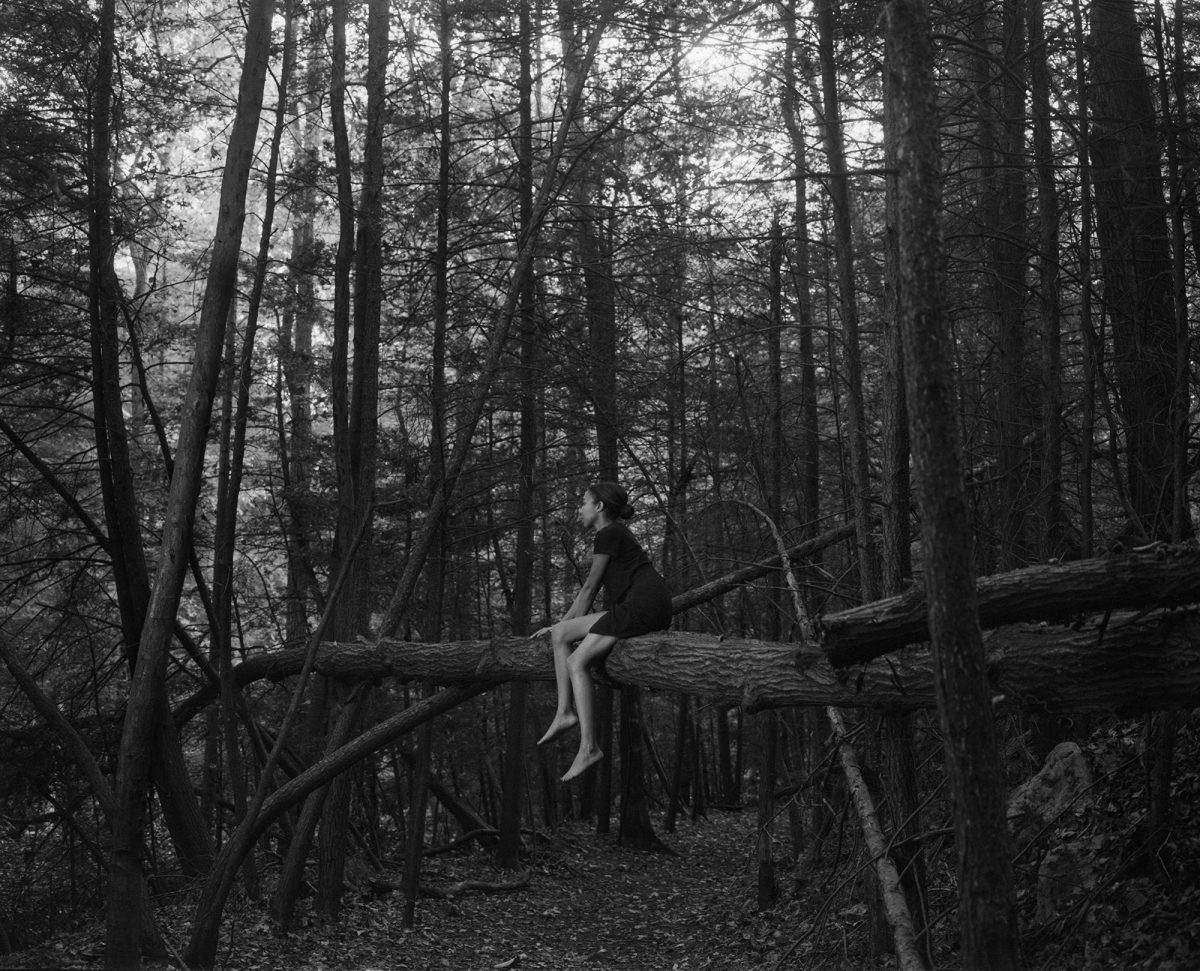
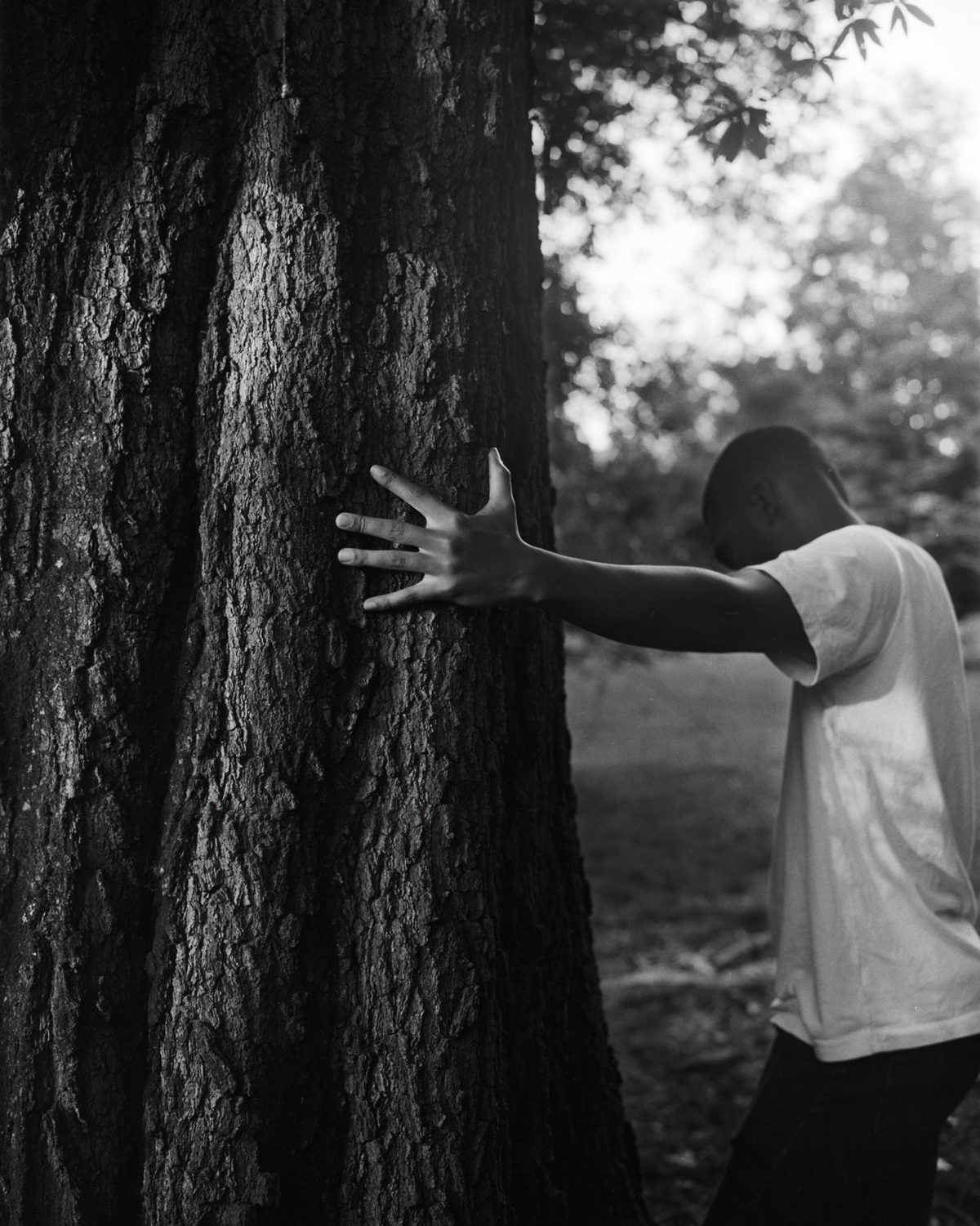
Imaging/Imagining (2017)
This project examines the relationship between African Americans and nature. America’s social and cultural history of slavery, Jim Crow, and mass incarcerations have ignored and demonized black connections to the natural environment. As a powerful cultural symbol in American memory, the Tree has dual meanings. One meaning lies deep in the heart of America’s cultural identity, which is preserved in our vast, conserved natural spaces. The other meaning lies at the heart of white supremacy and the historical memory of lynching.
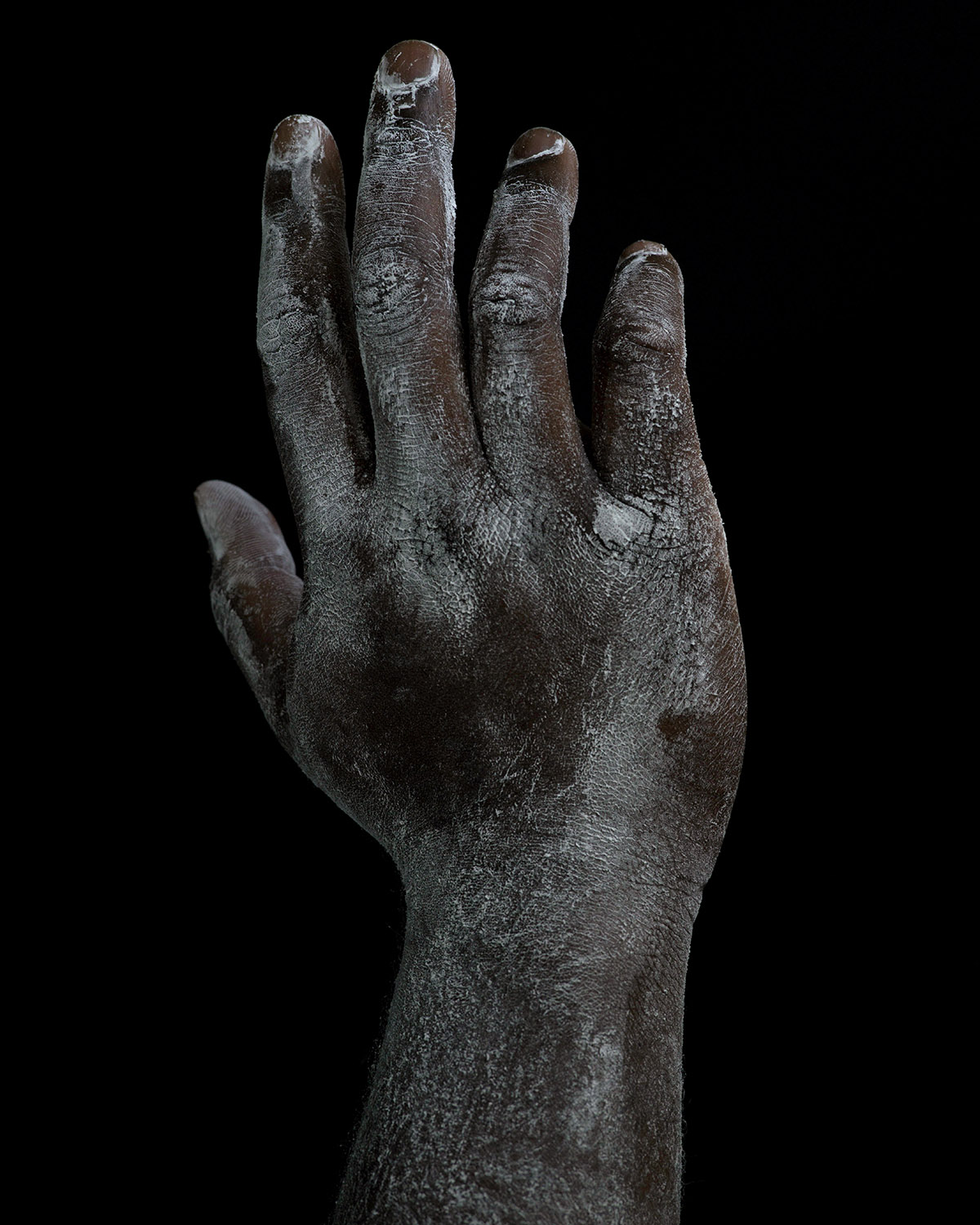
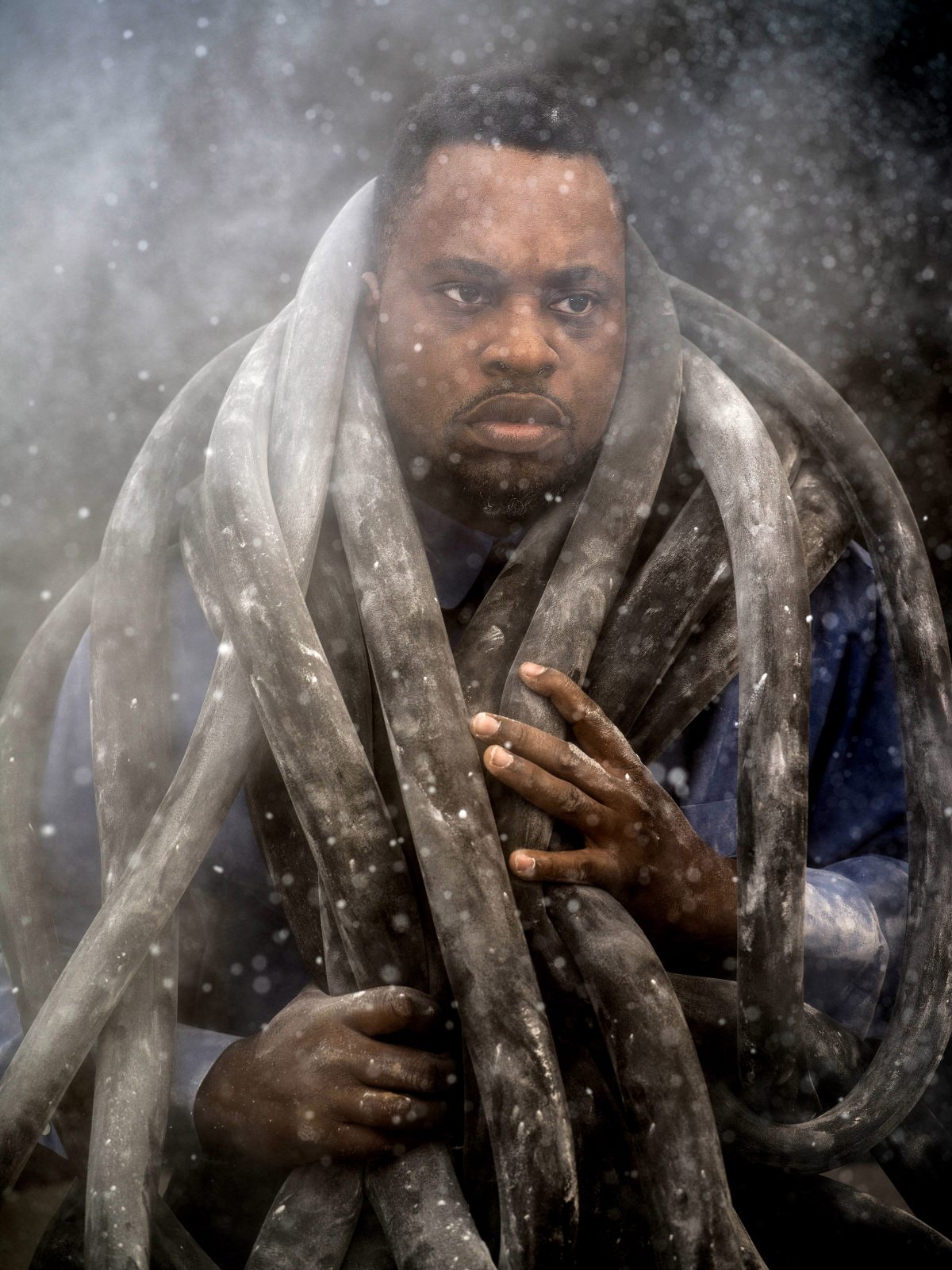
Appalachian Ghost (2018-2021)
In the 1930s, near Fayetteville, West Virginia, 5,000 workers traveled to the area to work on a hydroelectric dam project. Two-thirds of these workers were Black. An estimated 2,900 laborers worked underground to dig a 3-mile tunnel while exposed to silica dust. Clouds of silica dust overwhelming the workers due to improper construction techniques led to unsafe working conditions, causing an estimated 764 deaths. This story is shallowly buried beneath the West Virginia landscape, with very little to mark the incident. Appalachian Ghosts is a visual reexamination of the Hawk’s Nest Tunnel Disaster.
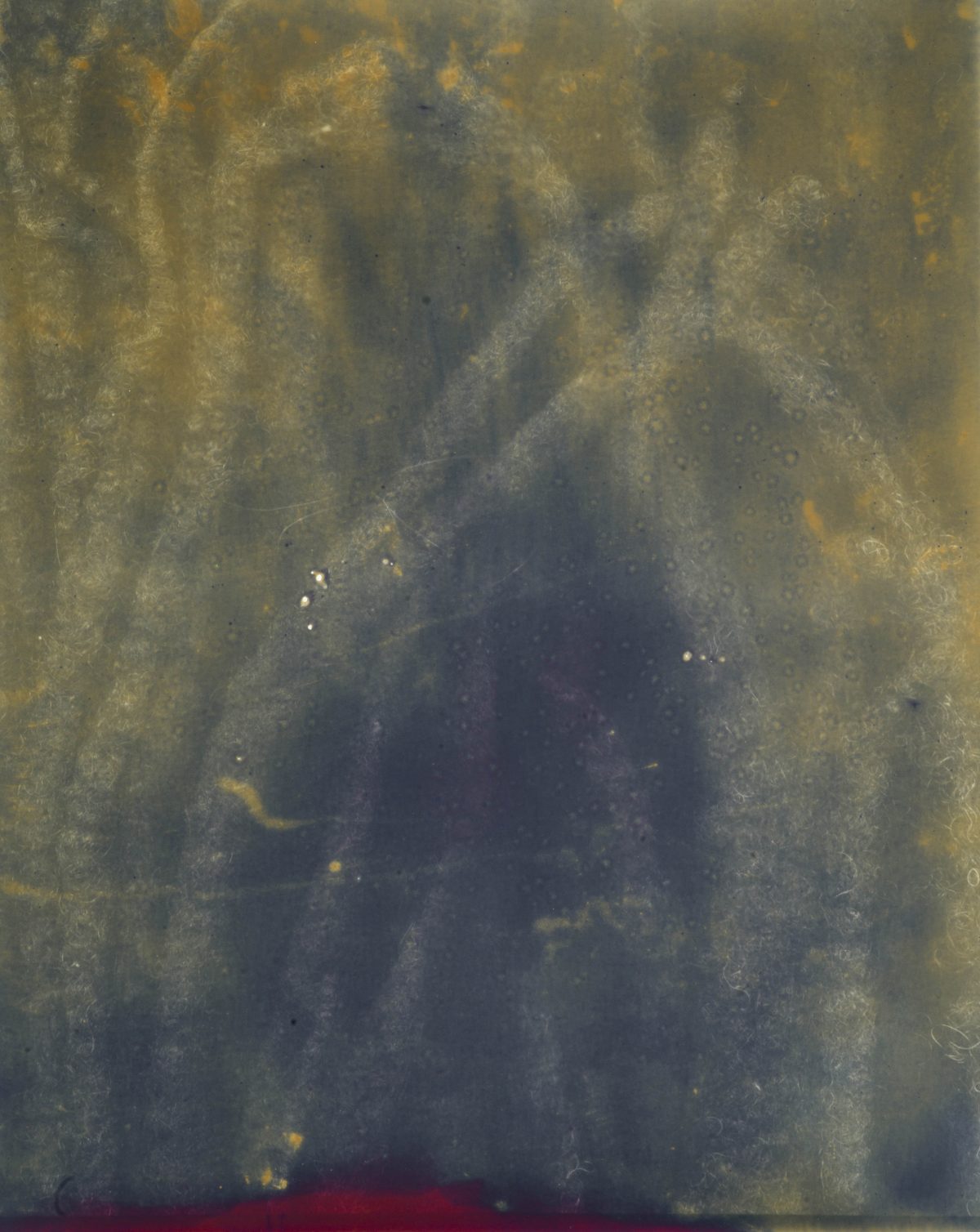
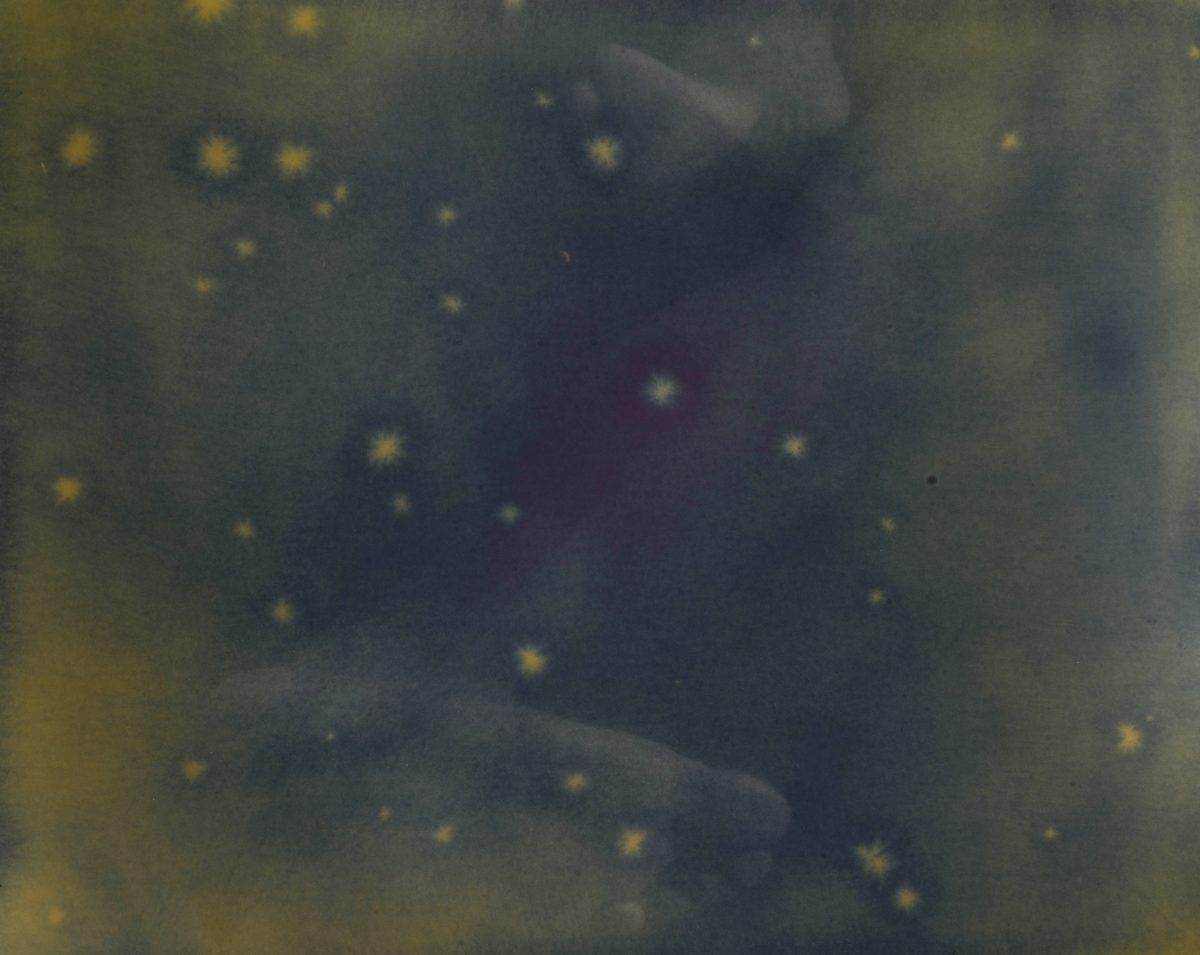
Playing in the Dark
This project harvests the sun’s power for a series of self-portrait lumen prints, “Playing in the Dark.” Lumen printing involves setting objects onto silver gelatin photographic paper and exposing them to the sun. This work comments on the nature of photography as a scientific process, and the role photography has played in reinforcing America’s racial caste system. More importantly, the series asks viewers to look deeper by purposely deemphasizing my body with various dark tones and colors. My body is not easily consumed in this work. I used the lumen printing process because the way images are rendered on the surface of the prints creates a shroud that forces the viewer to investigate at close range. The series of this work consists of silver gelatin prints that have been split-toned with selenium.
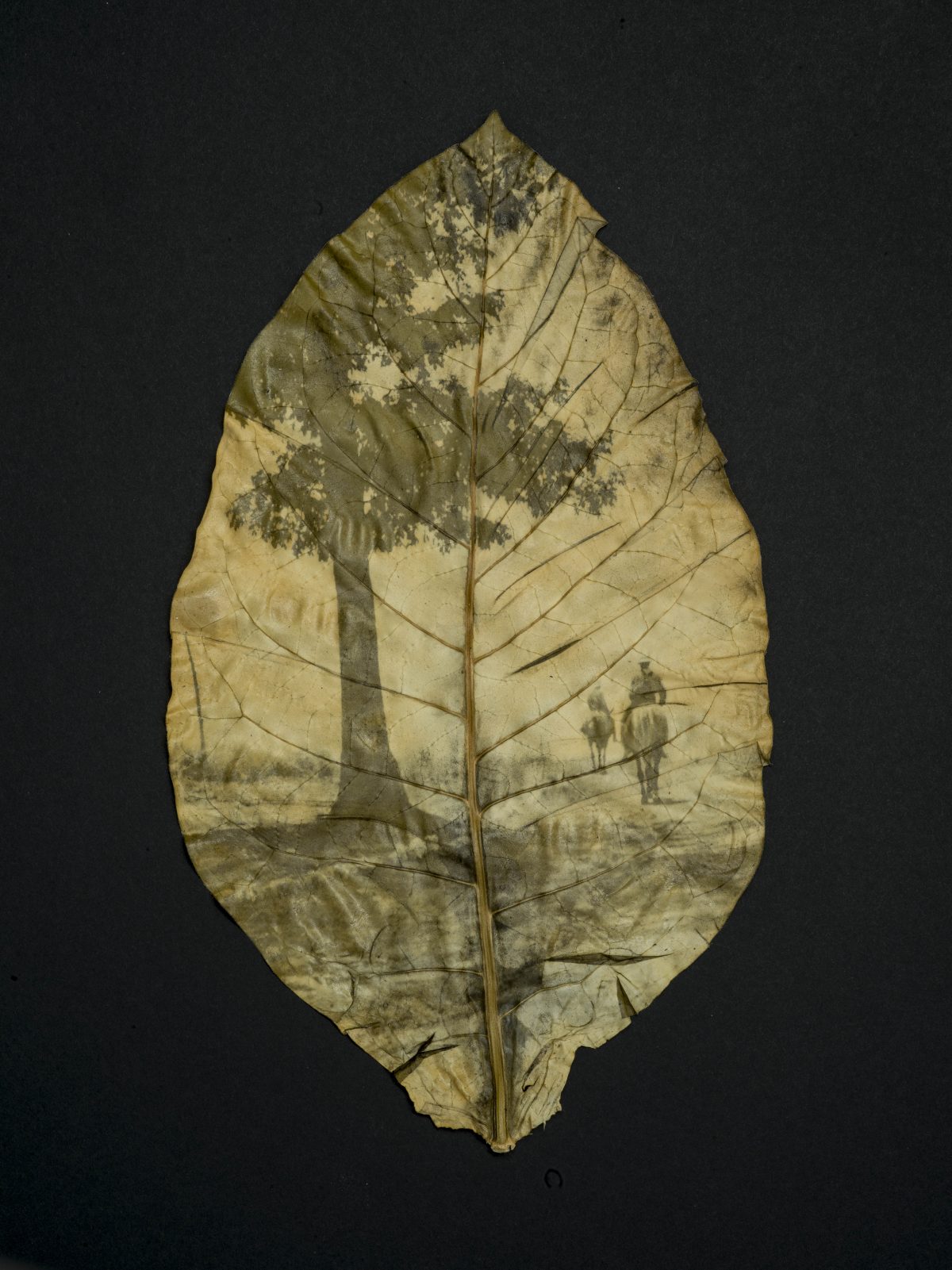
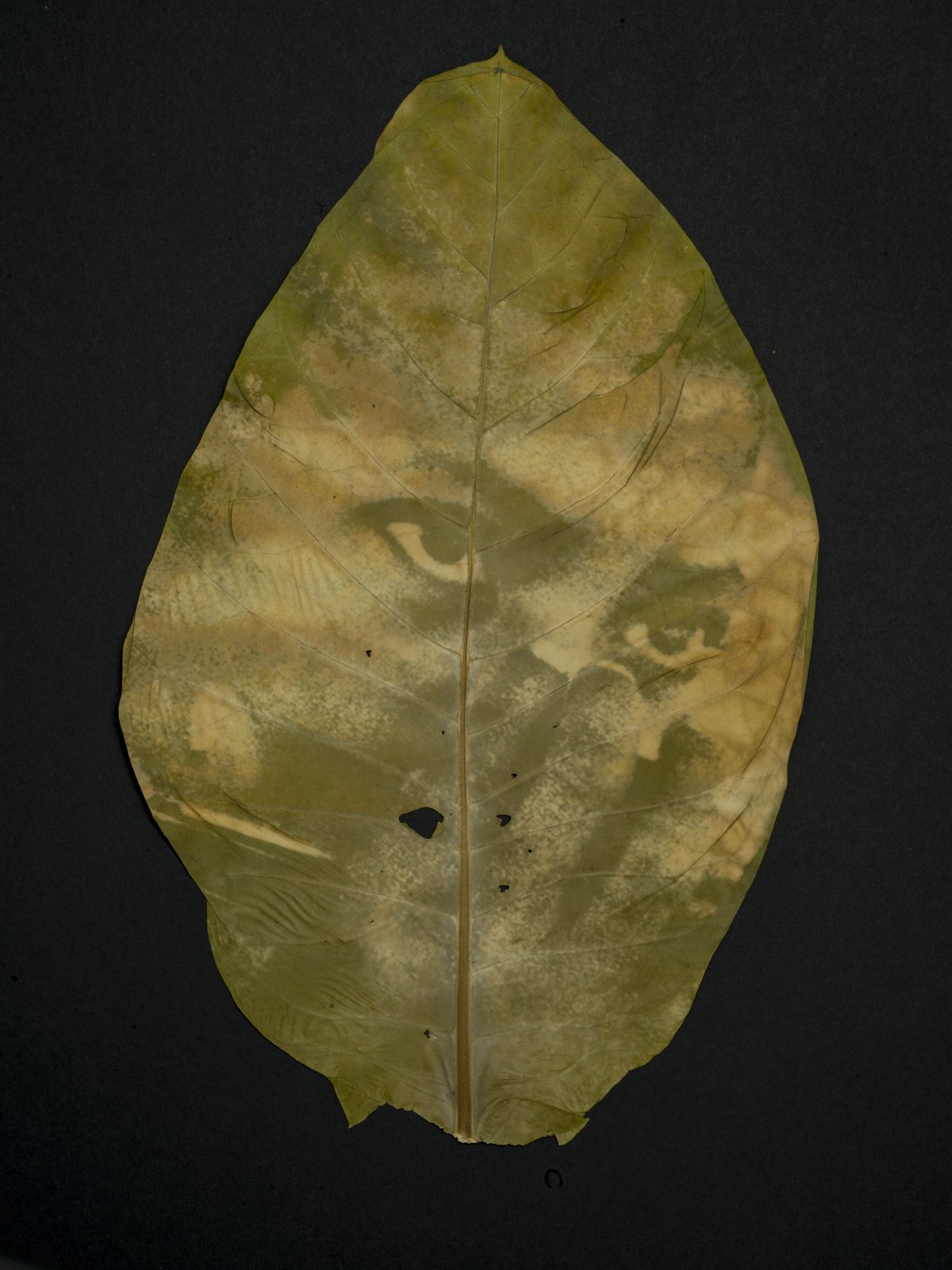
the trauma of white light
The trauma of white light features appropriated images reprinted on living tobacco leaves using the chlorophyll printing technique. The Farm Security Administration photographers created the photographs in the 1930s while working in North Carolina. They are one of the few sources of visual information about life in this part of black North Carolina in the 1930s. The project combines FSA photographs with tobacco to comment on the problematic nature of visual archives in black life.
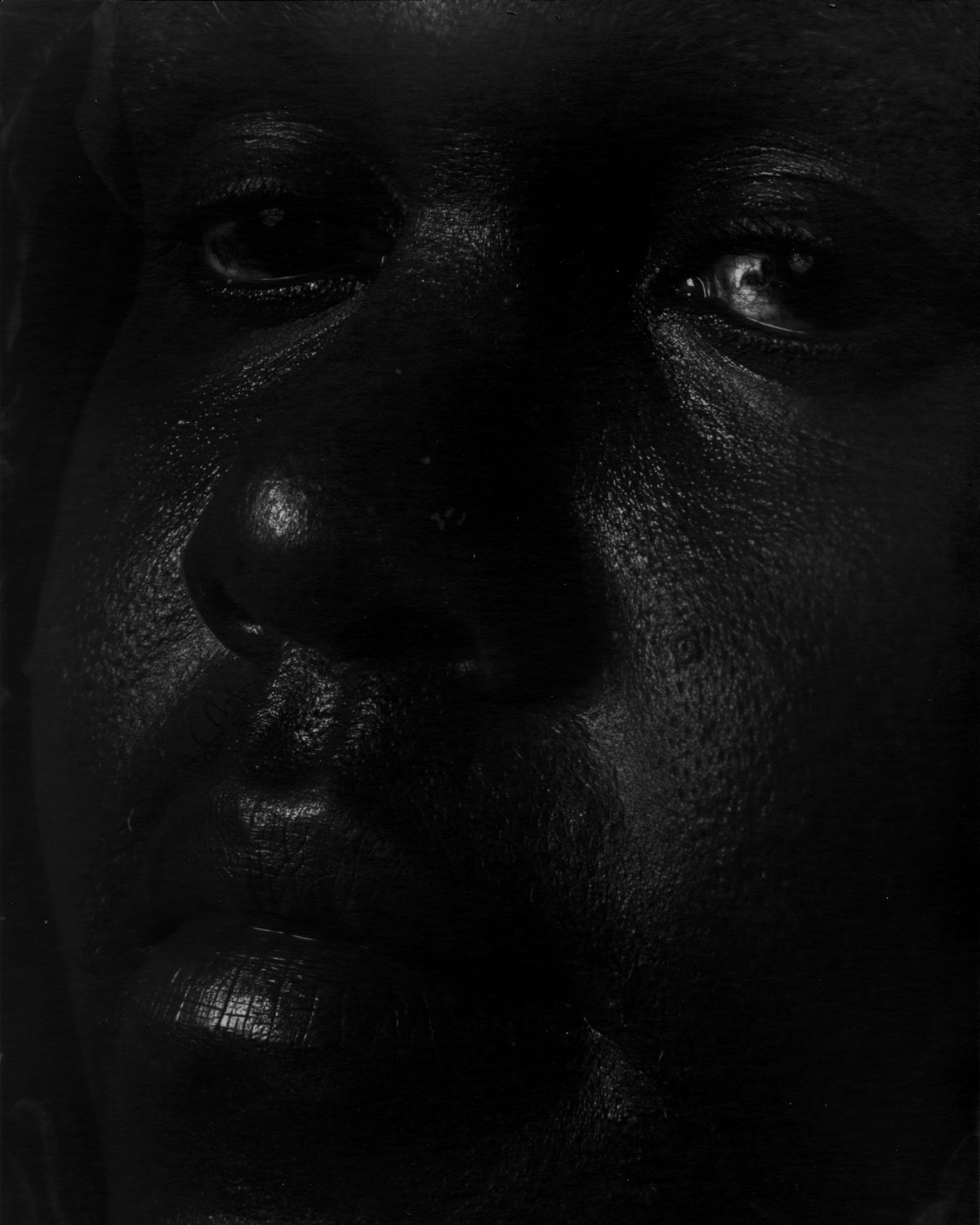
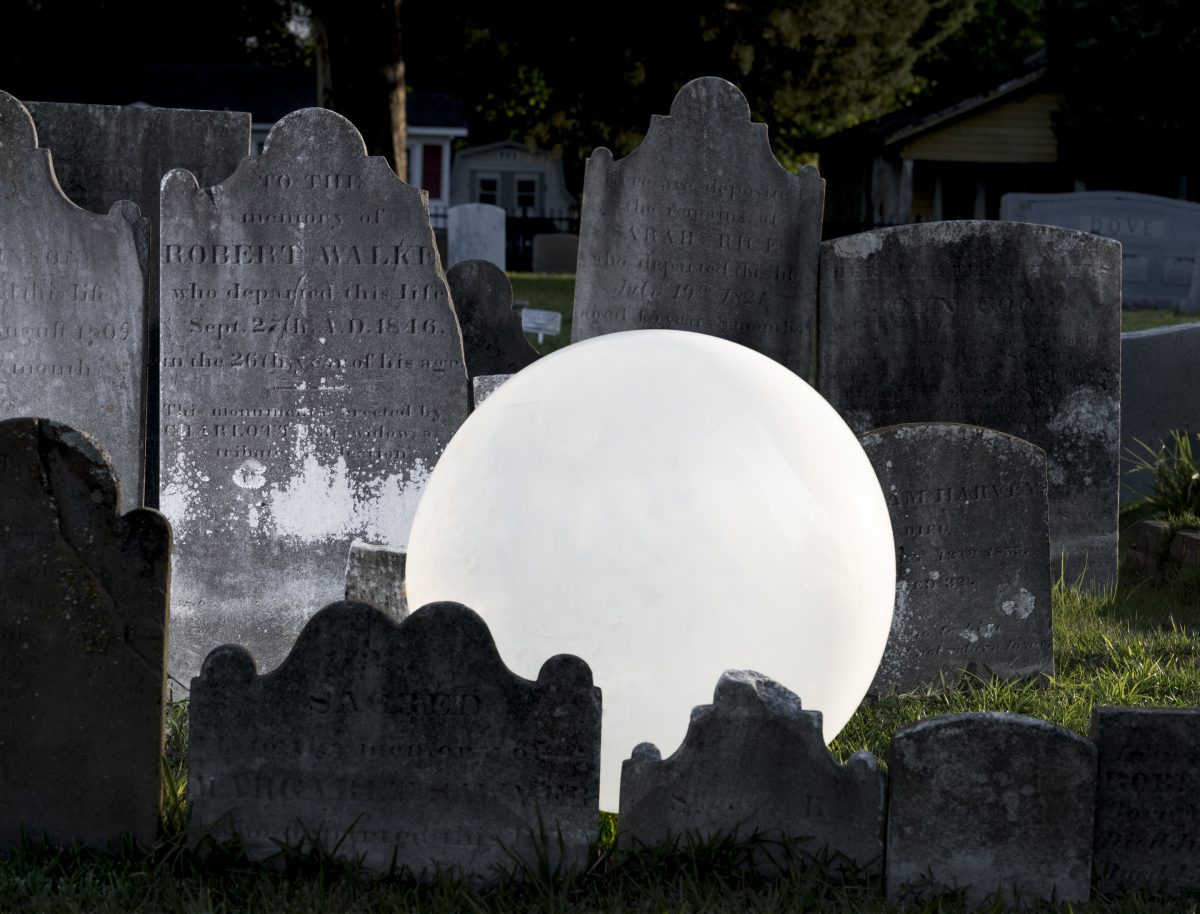
It’s hard to stop rebels that time travel
This place-based project utilizes archival fragments, historical ephemera, and my images to expand narratives about the Black experience and our connection to the North American landscape. This work has been guided by local historical archives of runaway slave ads, lynching news articles, Black folklore, and other location-specific historical events. Maroons were enslaved people who had escaped their captors but did not flee to the North. Instead, they created a life in hard-to-access swamps or the wild spaces between plantations. The survival strategies and techniques the maroons used to survive in the ungoverned space between plantations can be considered “freedom practices.” Through these recently reclaimed threads of stories, we can begin to radically re-envision Black people’s connection to the American landscape. This project is also a personal. I have chosen to locate this work in the place where parts of my family’s origin story begin.
